Erling Hope
DESIGN • MAKE • COLLABORATE
There is a place between the arts and religion, a cultural territory that remixes the motives and content of each into a novel field. This Third Space of inquiry and expression hybridizes both of these realms into a dynamic, adaptive discipline, addressing core concerns of human experience more fully than its cornerstones can do independently.
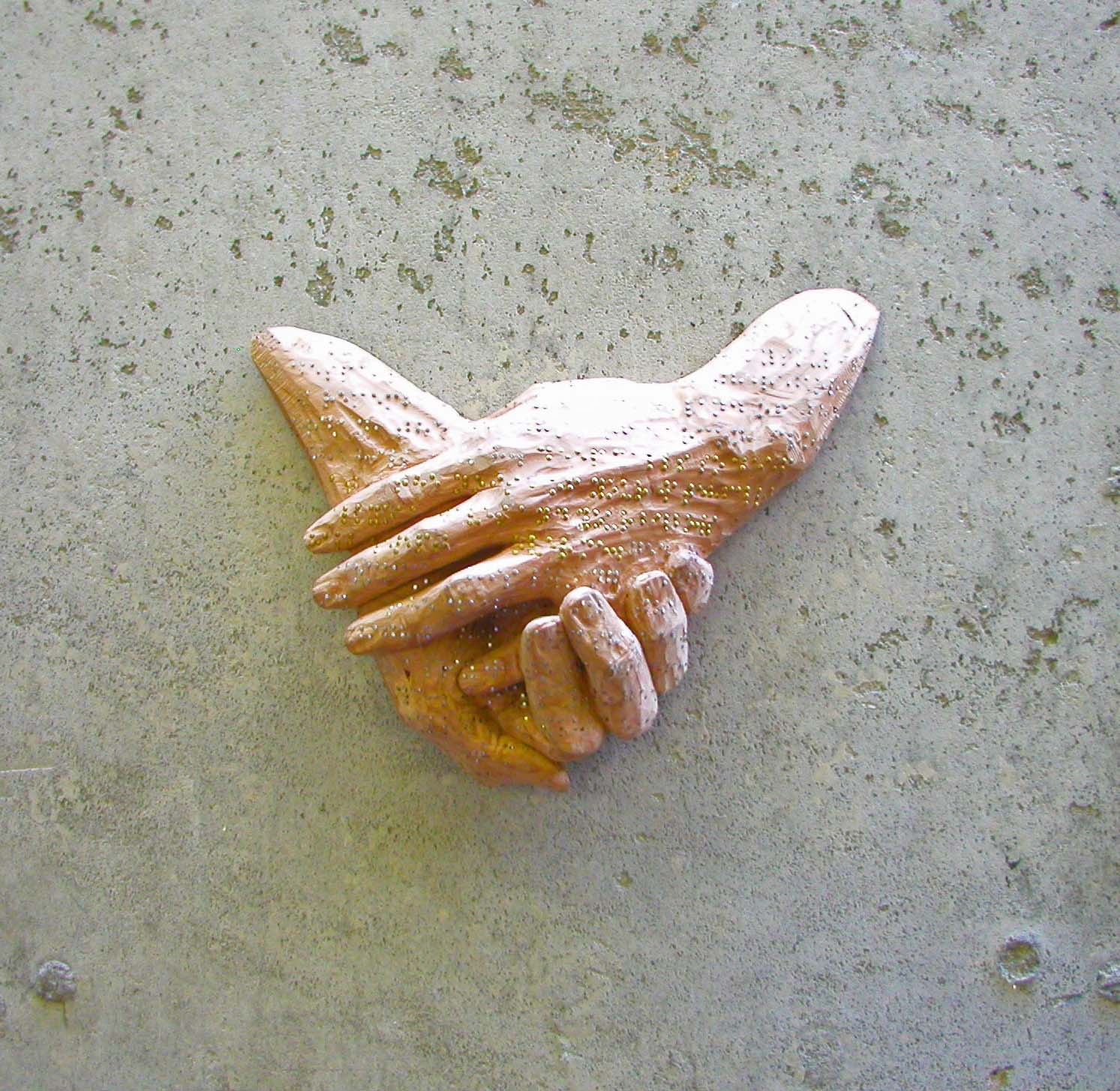


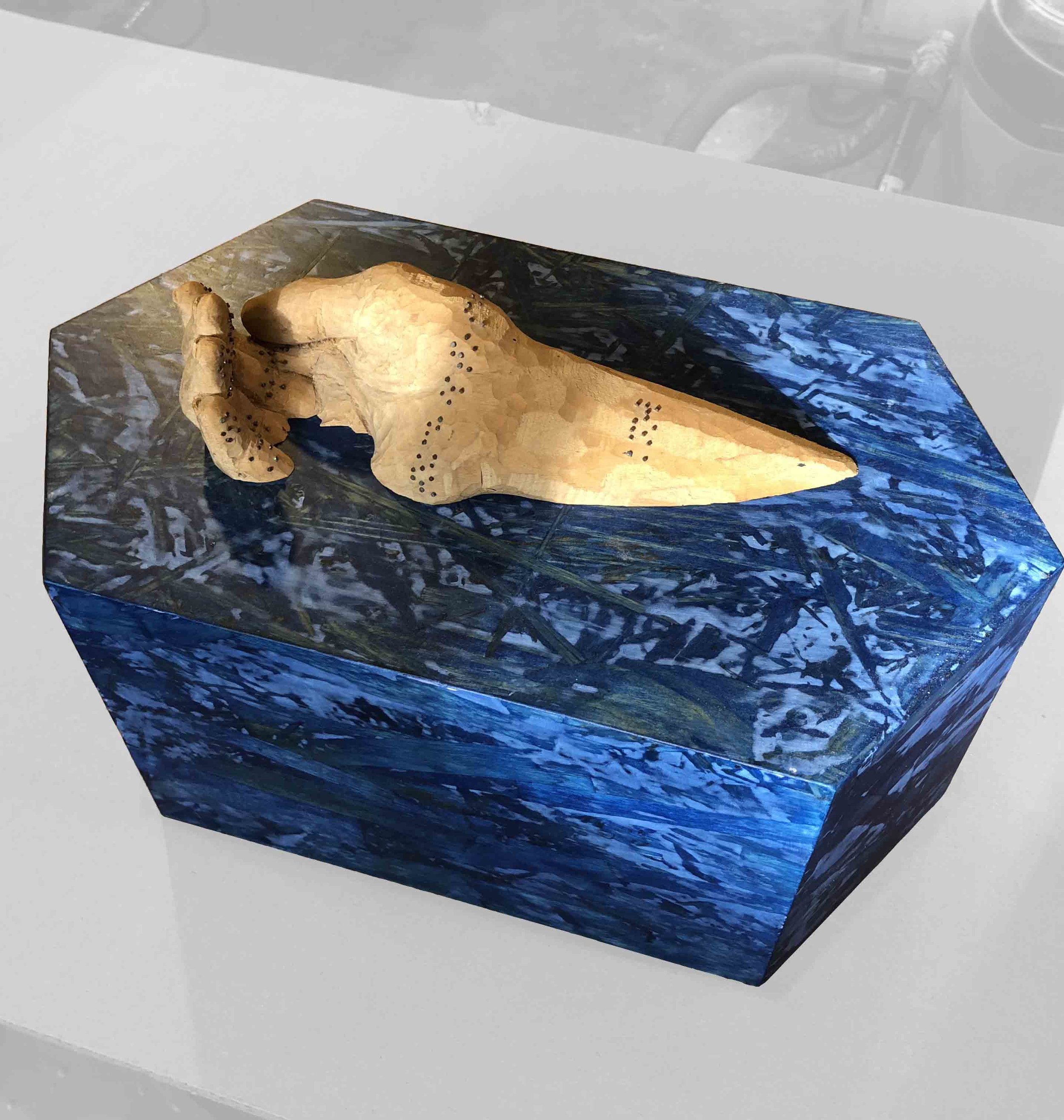
Text/ure series
This series dates back to the last century. It involves life-scale hands patterned with braille text formed by small nails.
Identified as a discrete domain in 1962 by the founding members of the Society for the Arts, Religion and Contemporary Culture, it was later articulated and developed by members of that organization as the field of “Theopoetics.” Since then, this discipline has flourished and propagated under many compound names, like “Religion and the Arts,” “Art • Faith • Mystery” the “Spiritual in Art” etc.. Today it constitutes an array of organizations, events, programs, exhibition and performance spaces, journals, websites, and blogs, harnessing the energies of countless individuals and collaborations to the point of forming something of a shambolic movement.
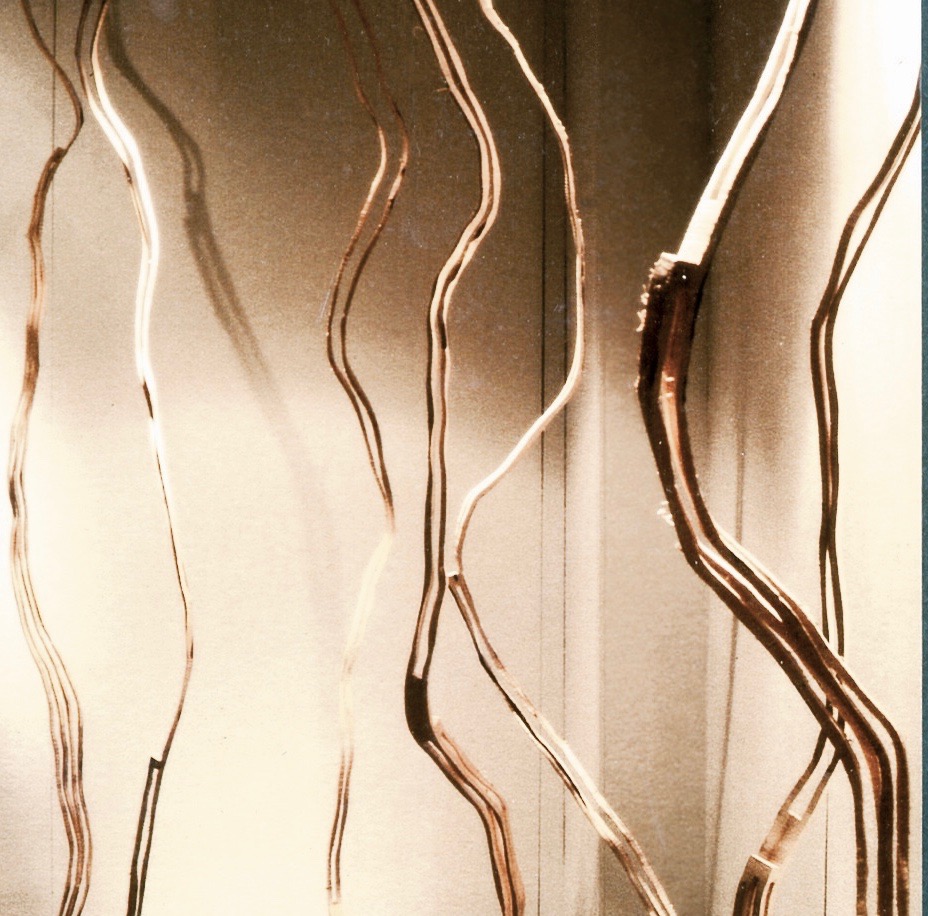
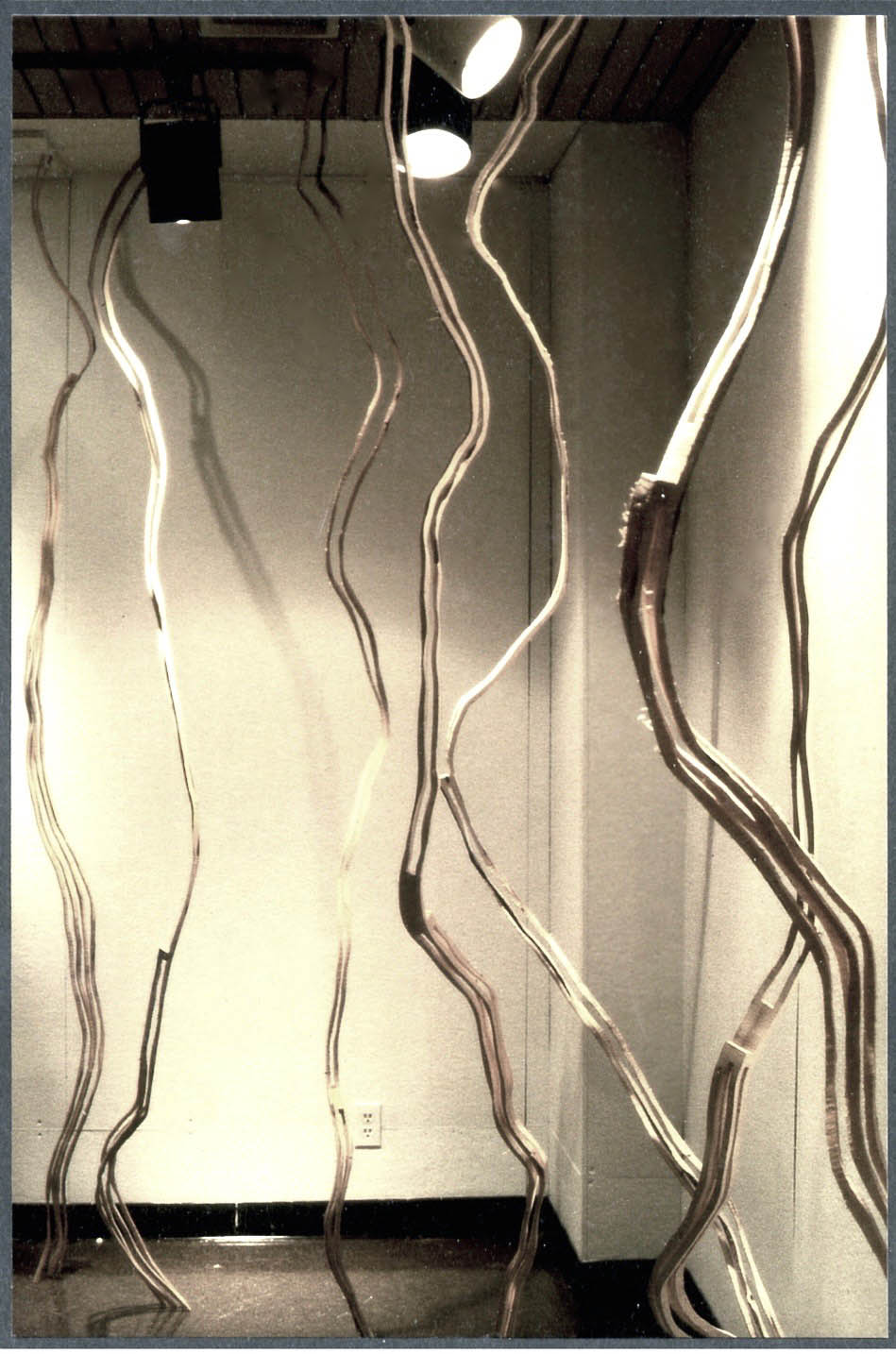



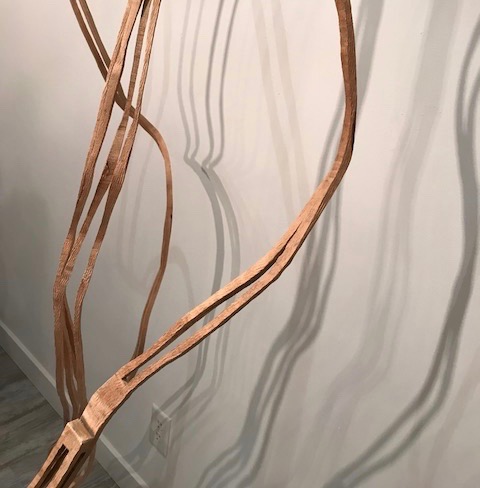
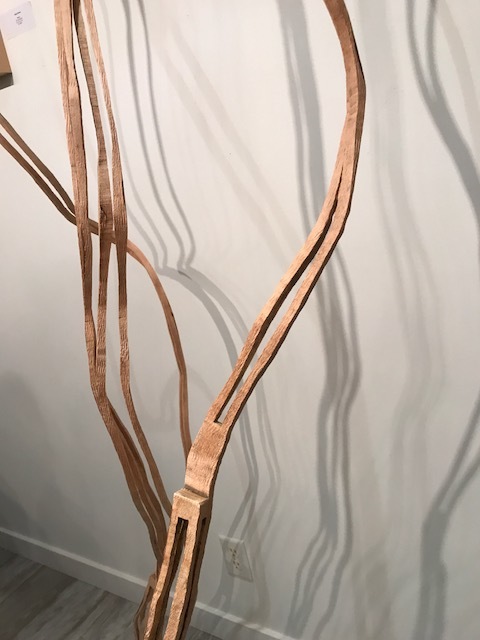
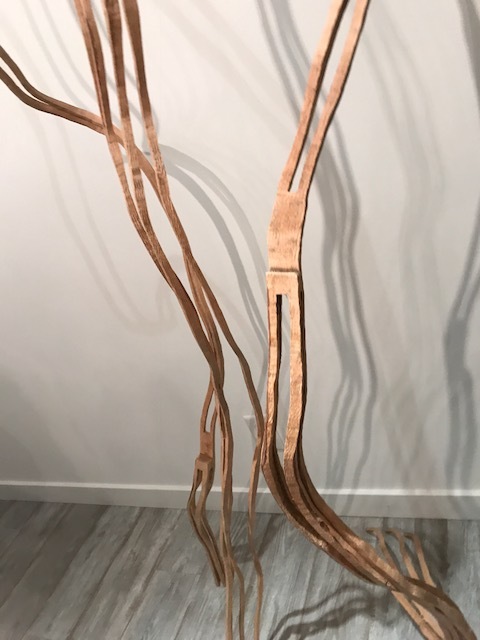
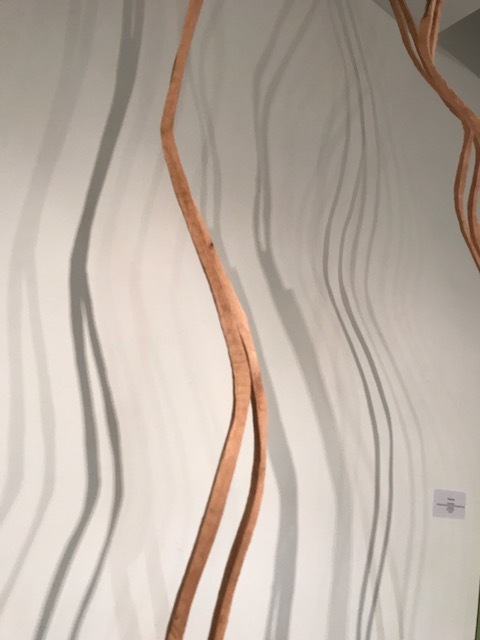
Congregation series
Another long-term project, one of several explorations of using objects (in this case chairs) as symbols of individuals.
This hybrid discipline has long been regarded as an intersticial space, an in-between. And it is an interdisciplinary field, but it is also a field of its own. And it’s been forming itself for long enough for us to describe some of the qualities that define it.

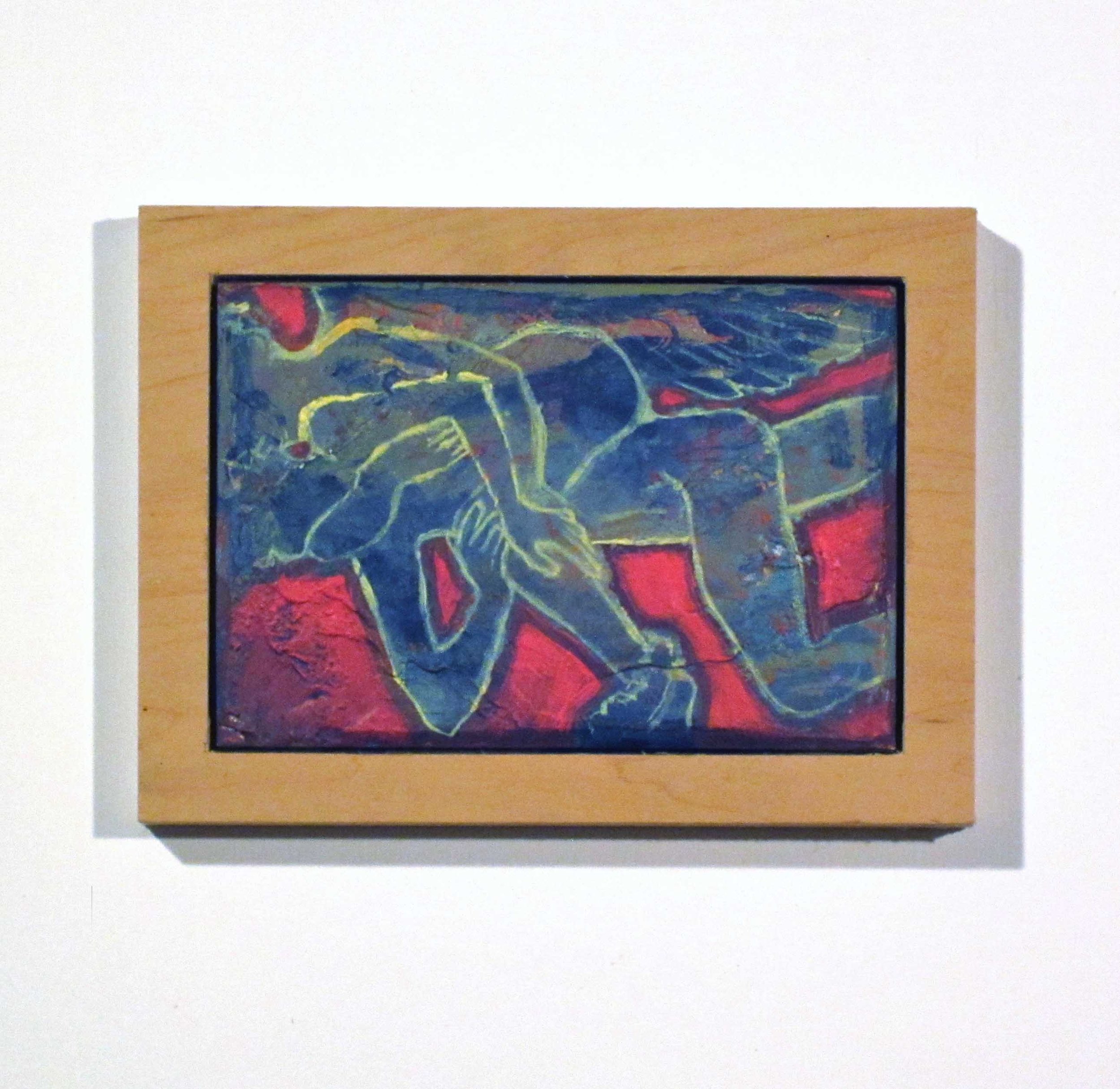
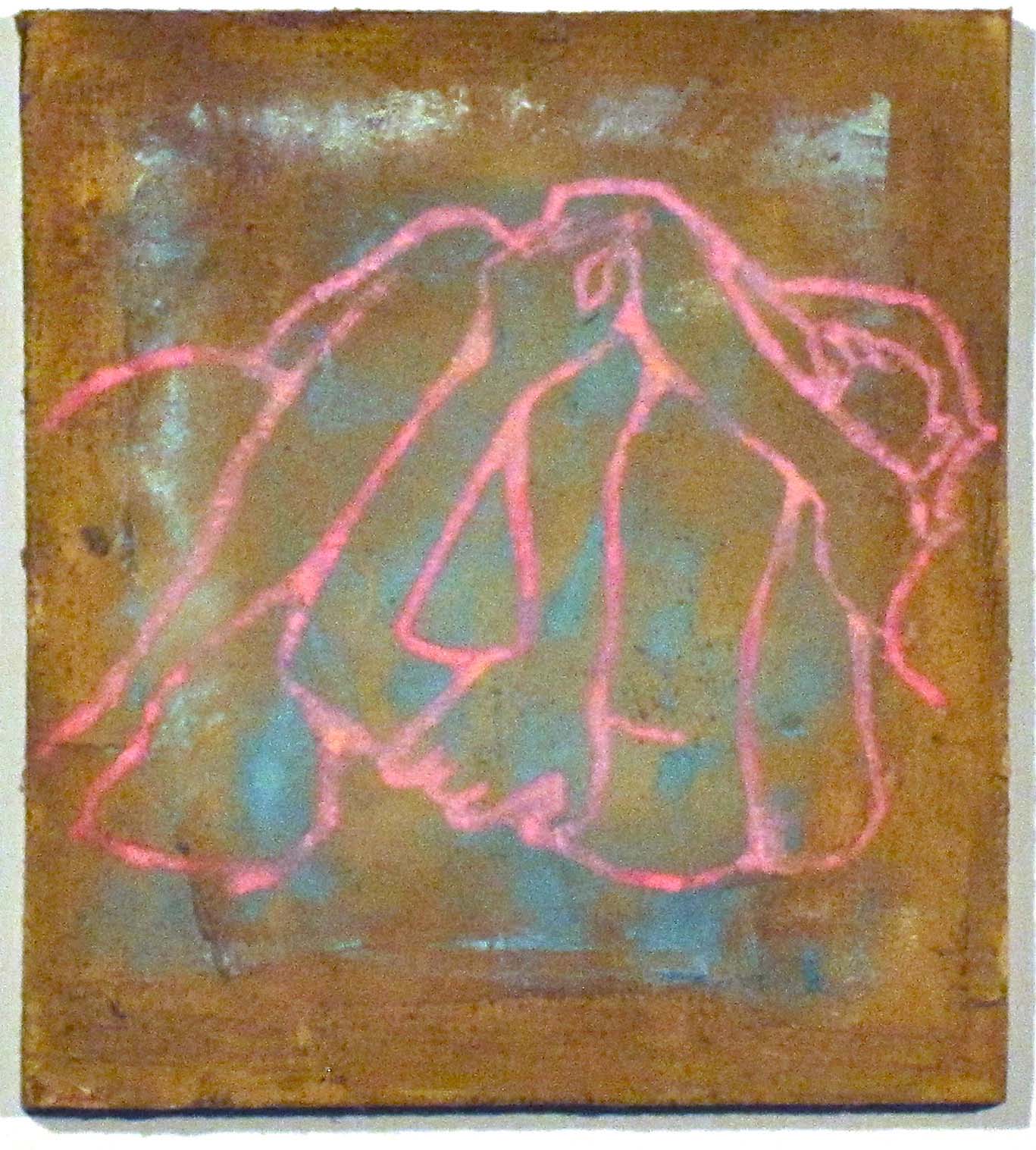

Ultimate Surrender series
This series recasts the story of Jacob wrestling with the Angel in the frame of my favorite gay porn websites.
Theopoetics is a space where the distinction between belief and faith becomes important. In this Third Space, belief is decentered, but faith—understood as fundamentally an emotional response to experience, as the choice to, or sense of, trust in the universe, in the processes of birth and decay, of joy and suffering—is elevated. So that when Jackson Pollock proclaims “I am Nature,” this expression of surrender, of identity with a larger whole, enters this Third Space. Or when Coltrane dances on the knife’s edge of improvisation, or conversely when the prophet Ezekiel (1st Cen BCE) engages in what would today be called performance art, or when ‘legit’ performance artist Chris Burden (probably unconsciously) apes his gestures 2500 years later, they are working in this Third Space, mingling artistic and religious expression.


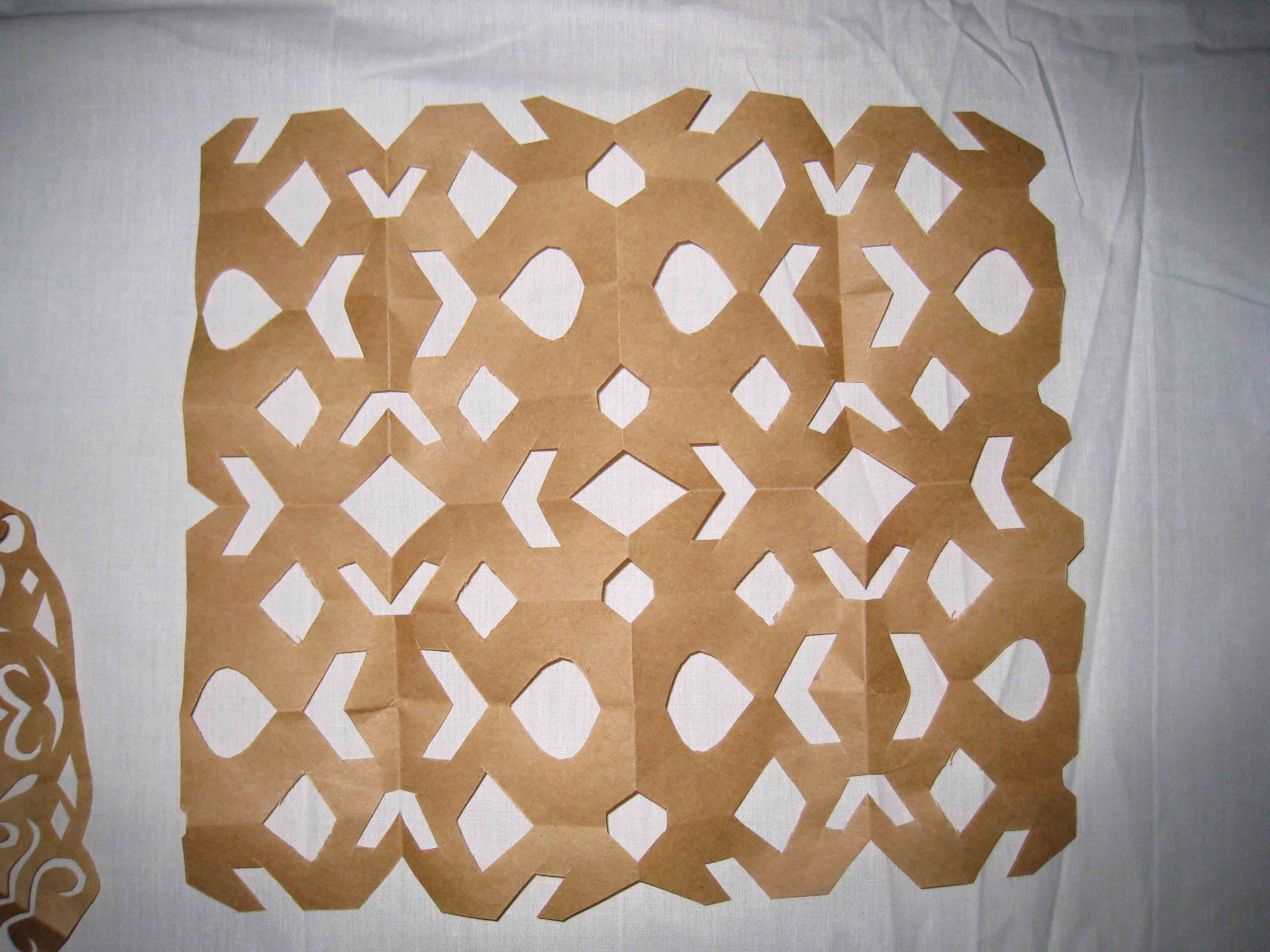
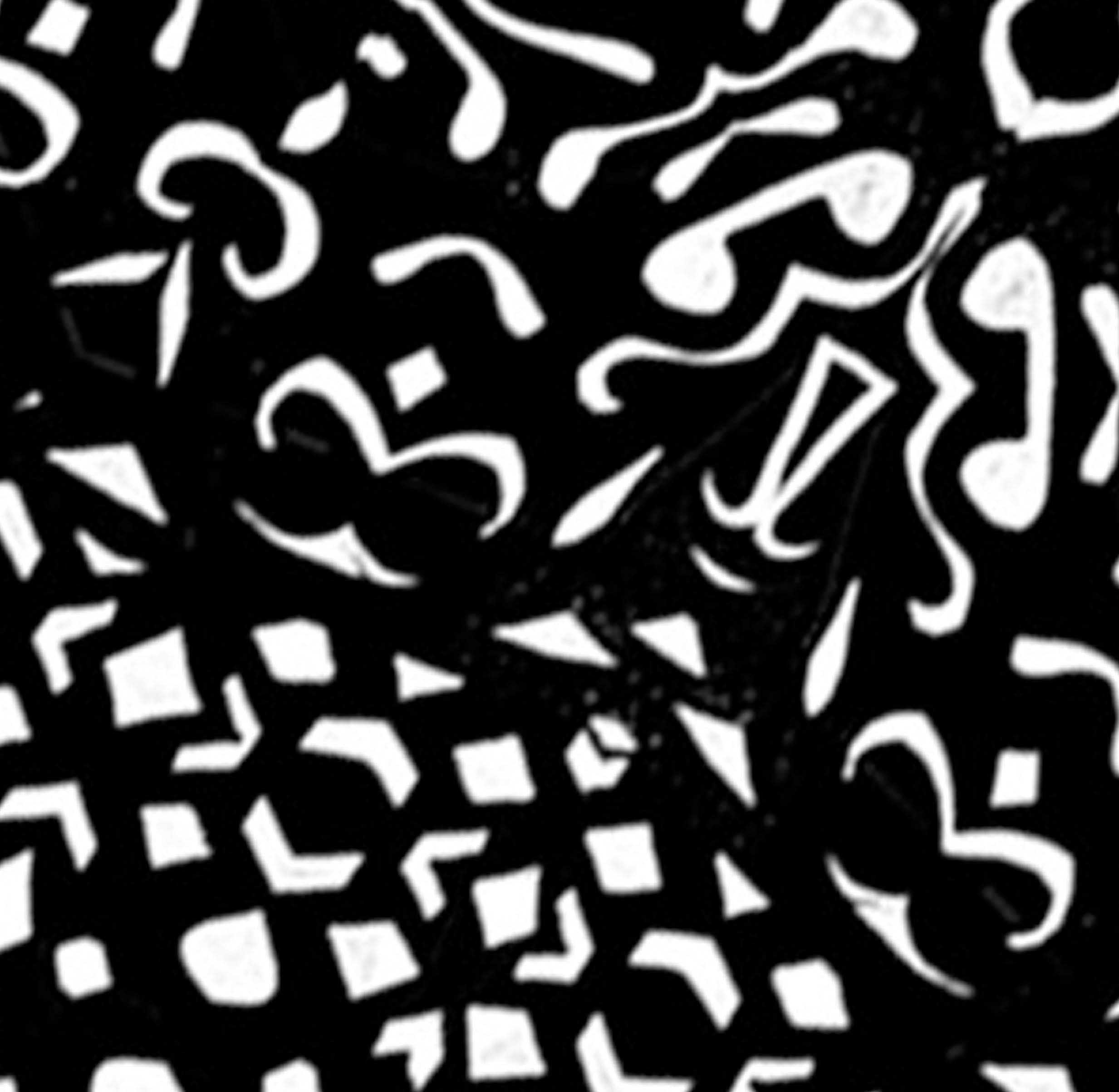

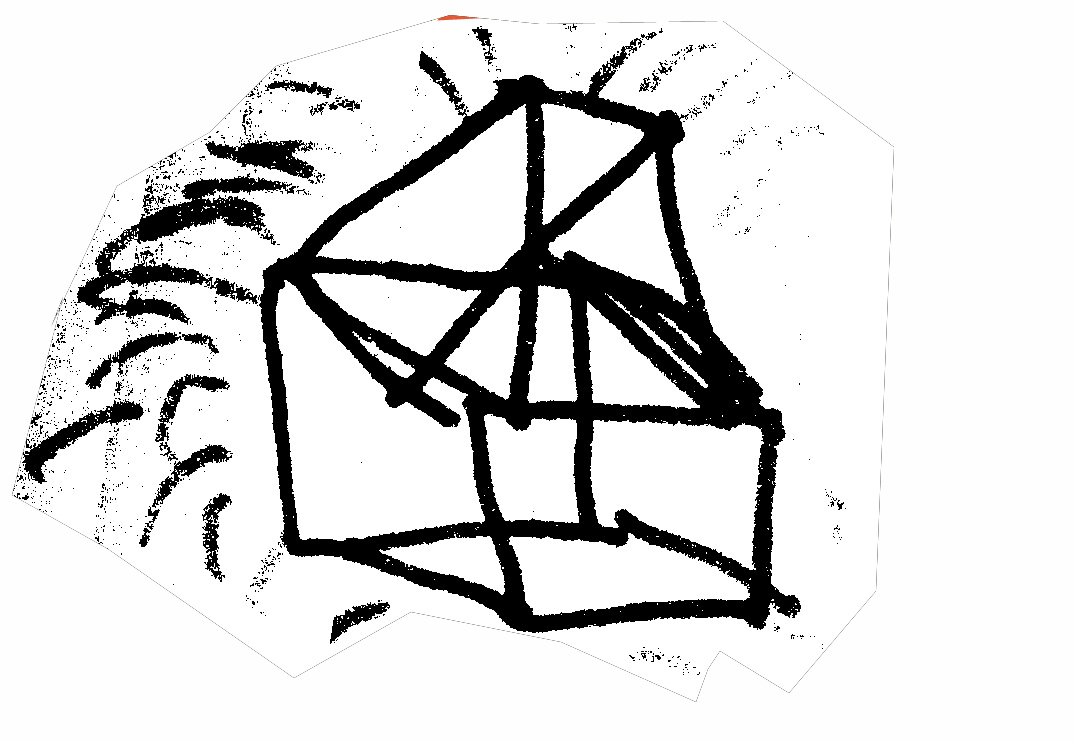


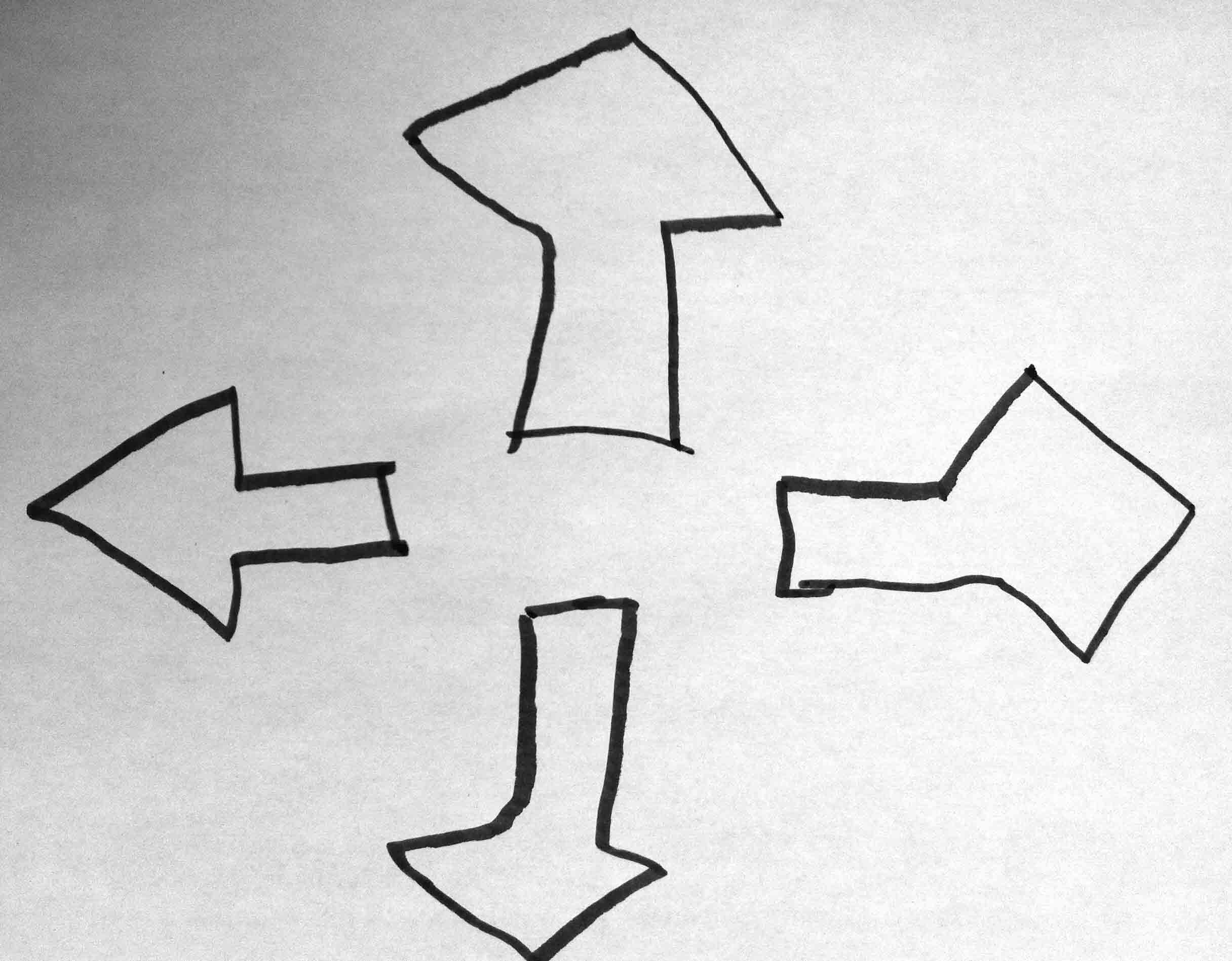
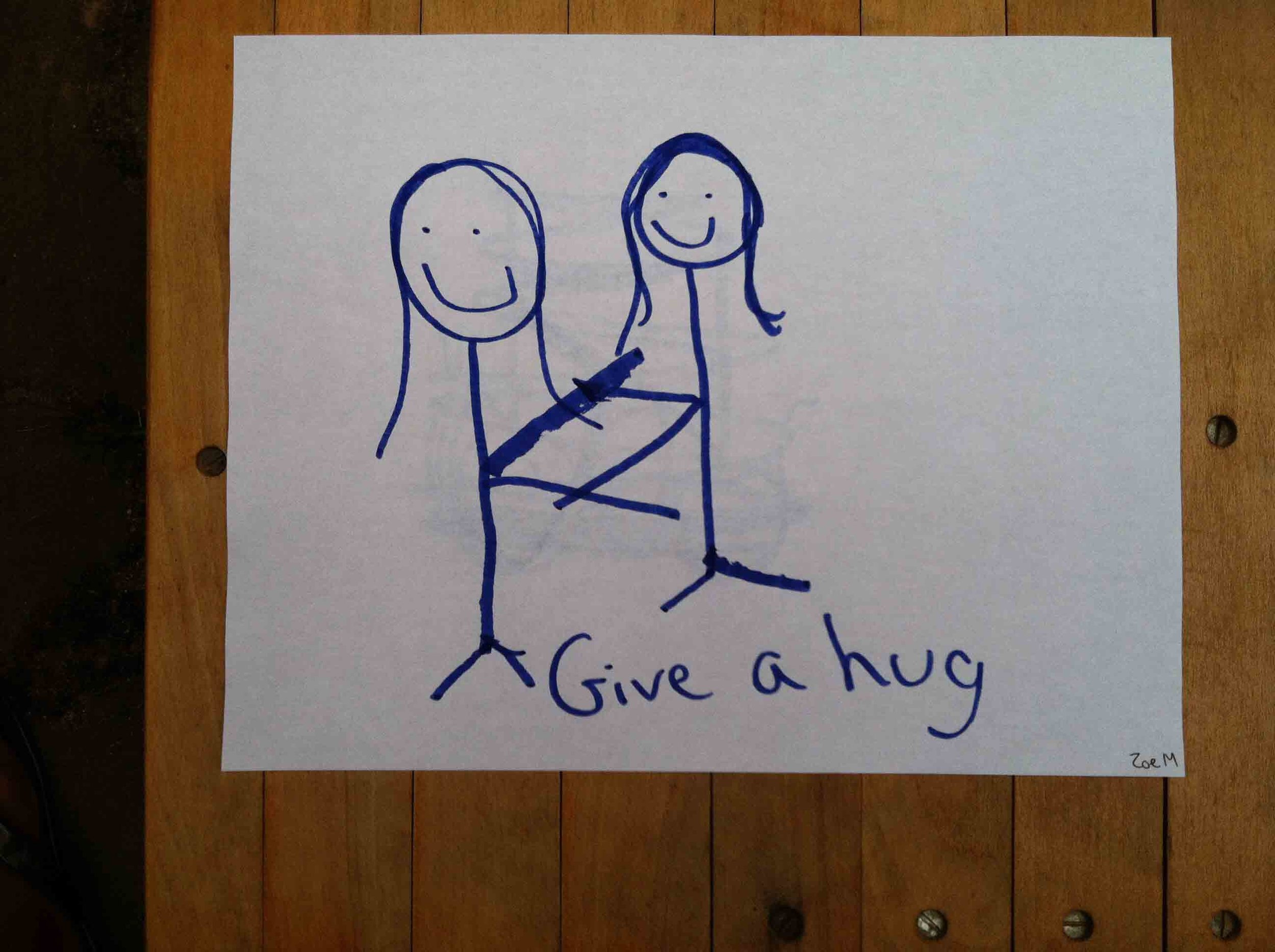
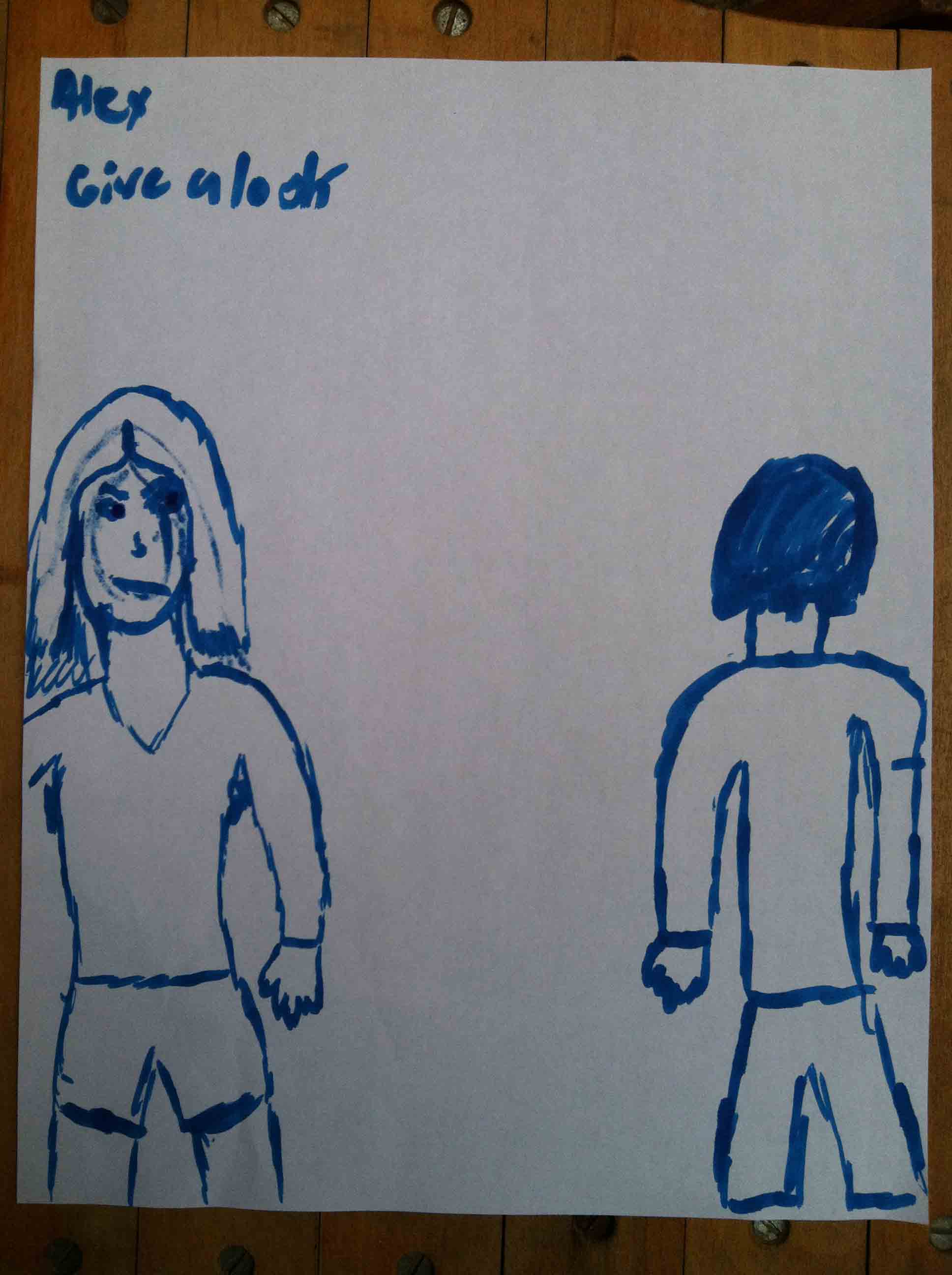
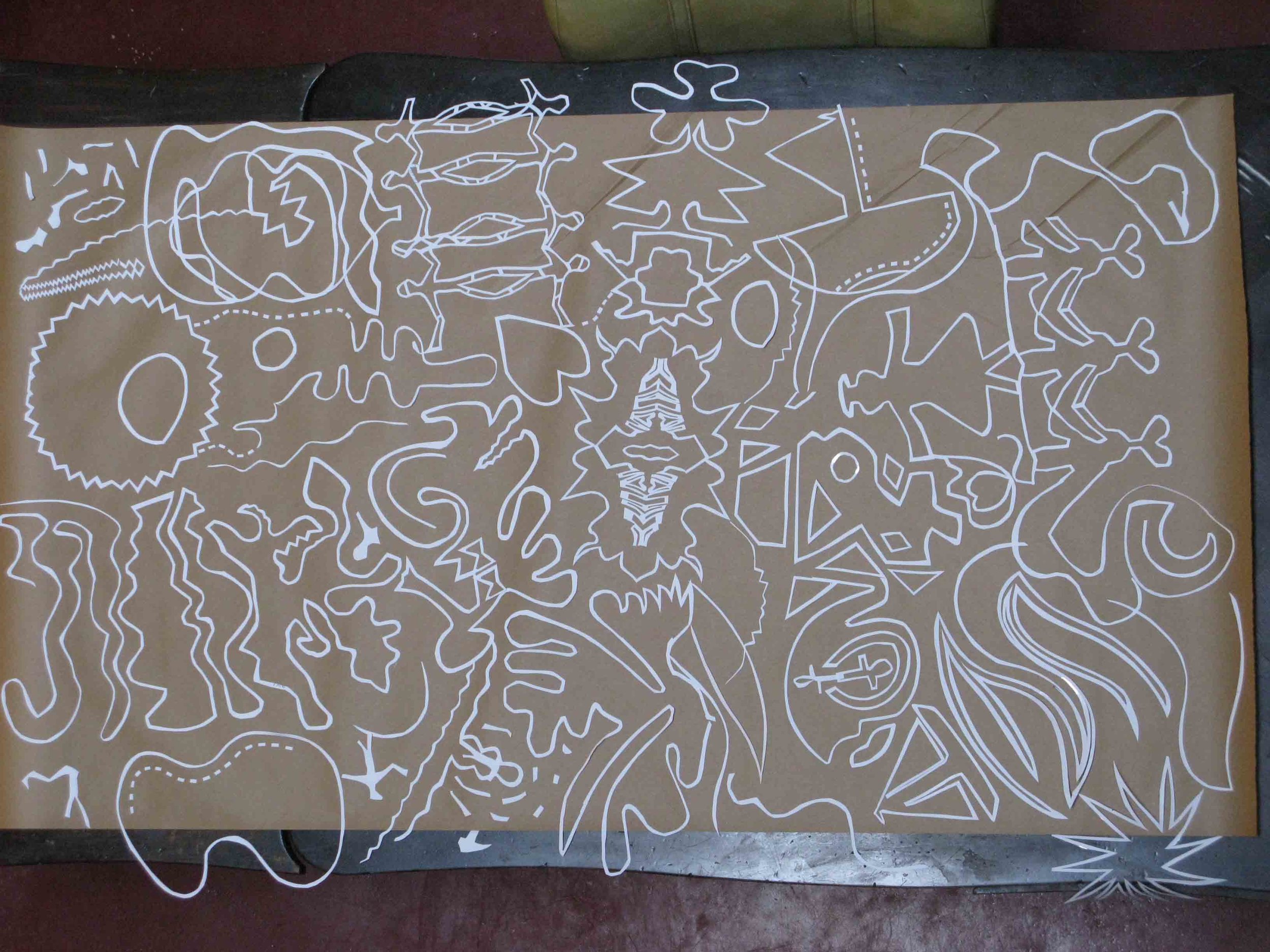
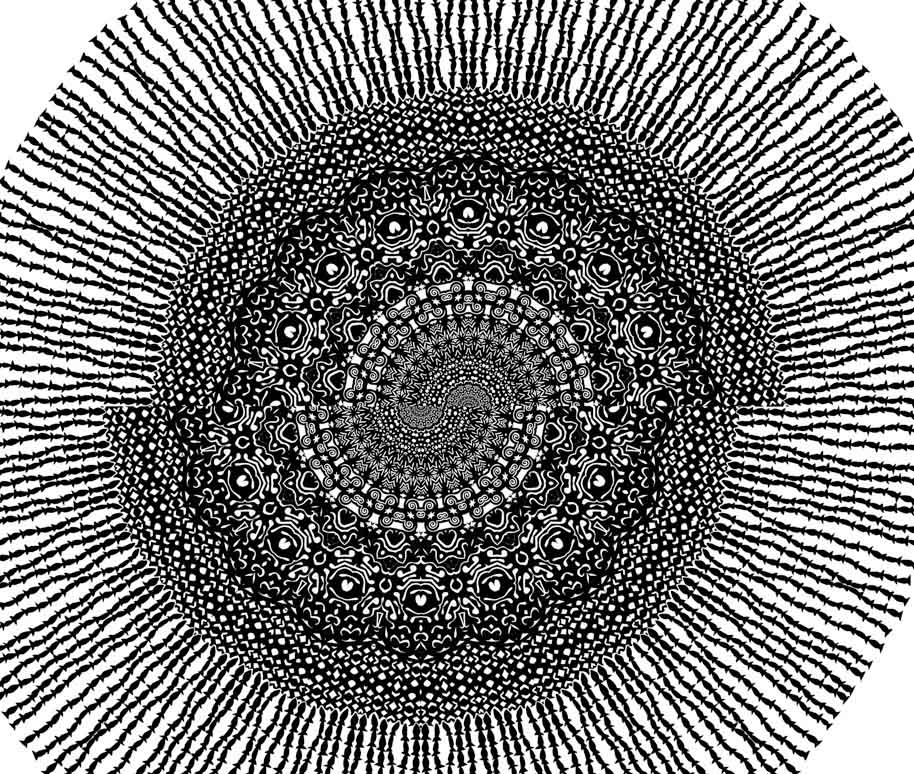
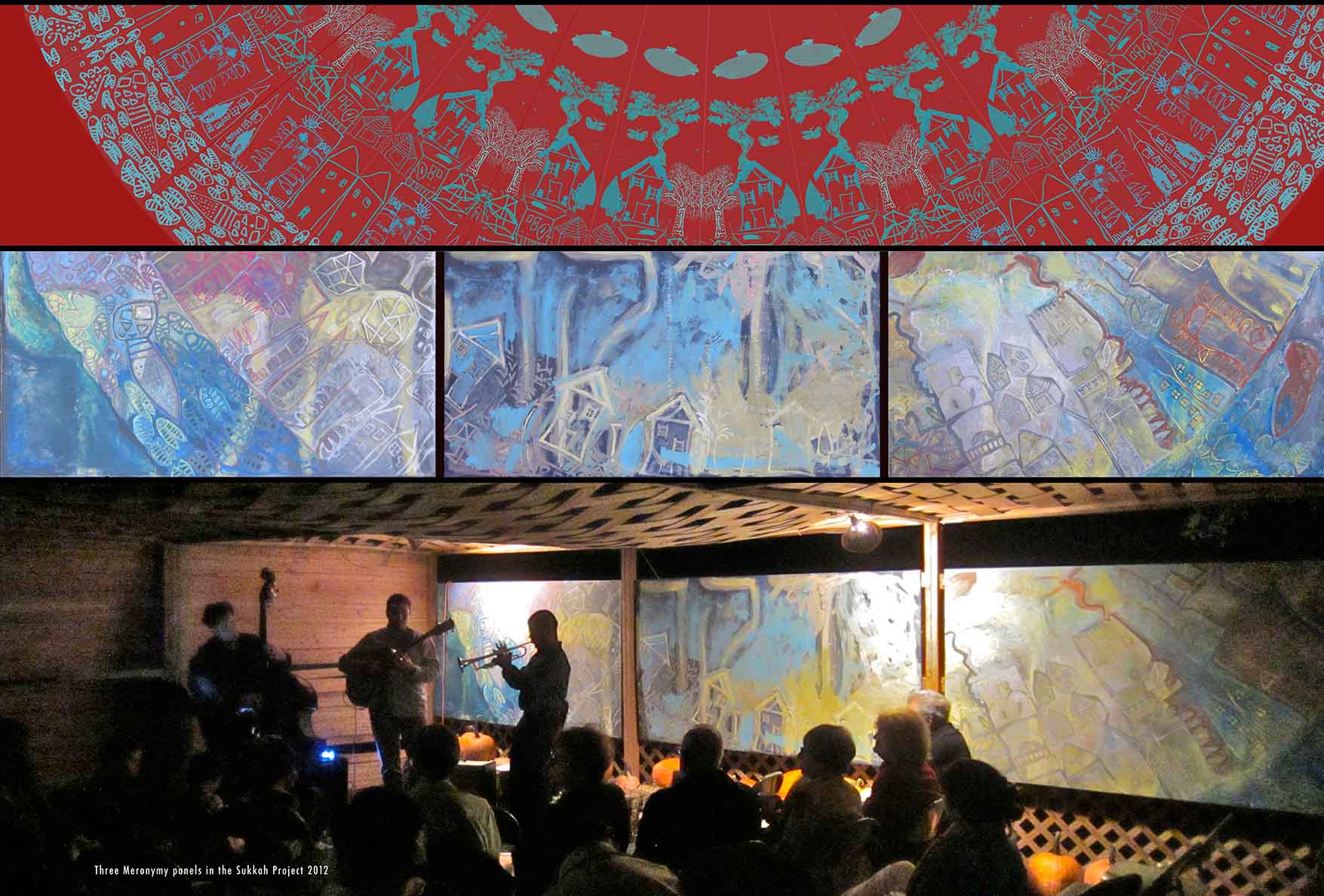
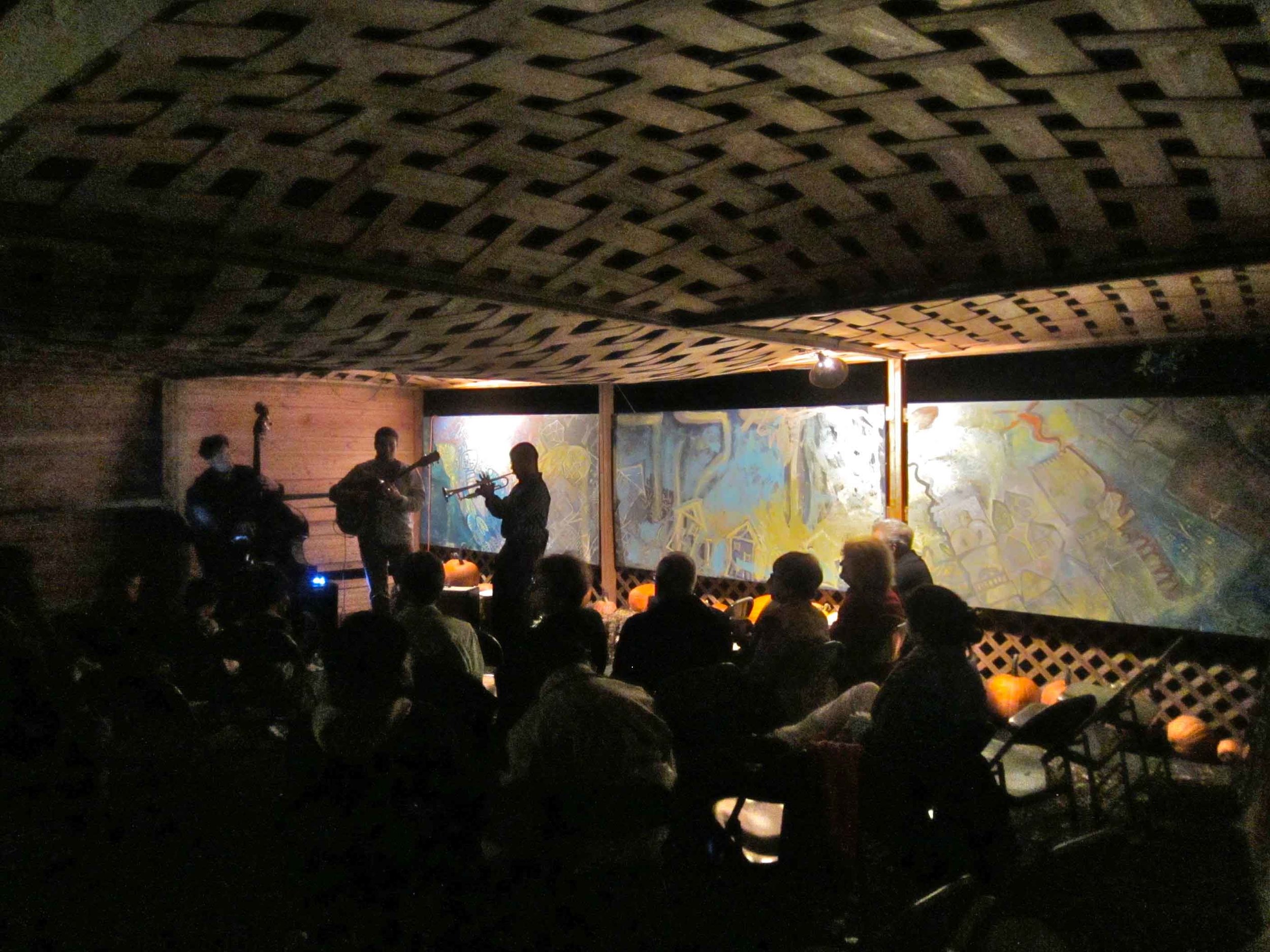
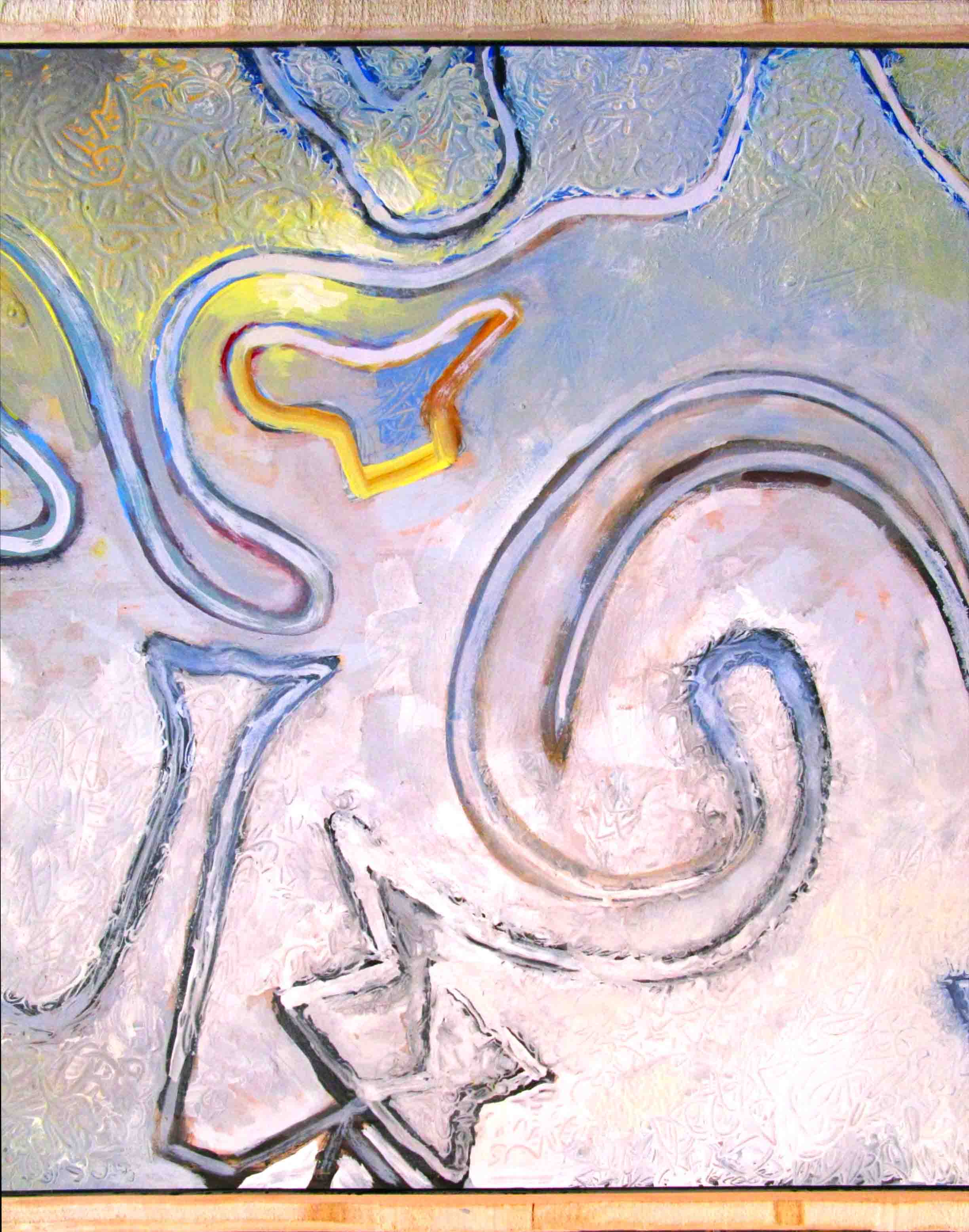
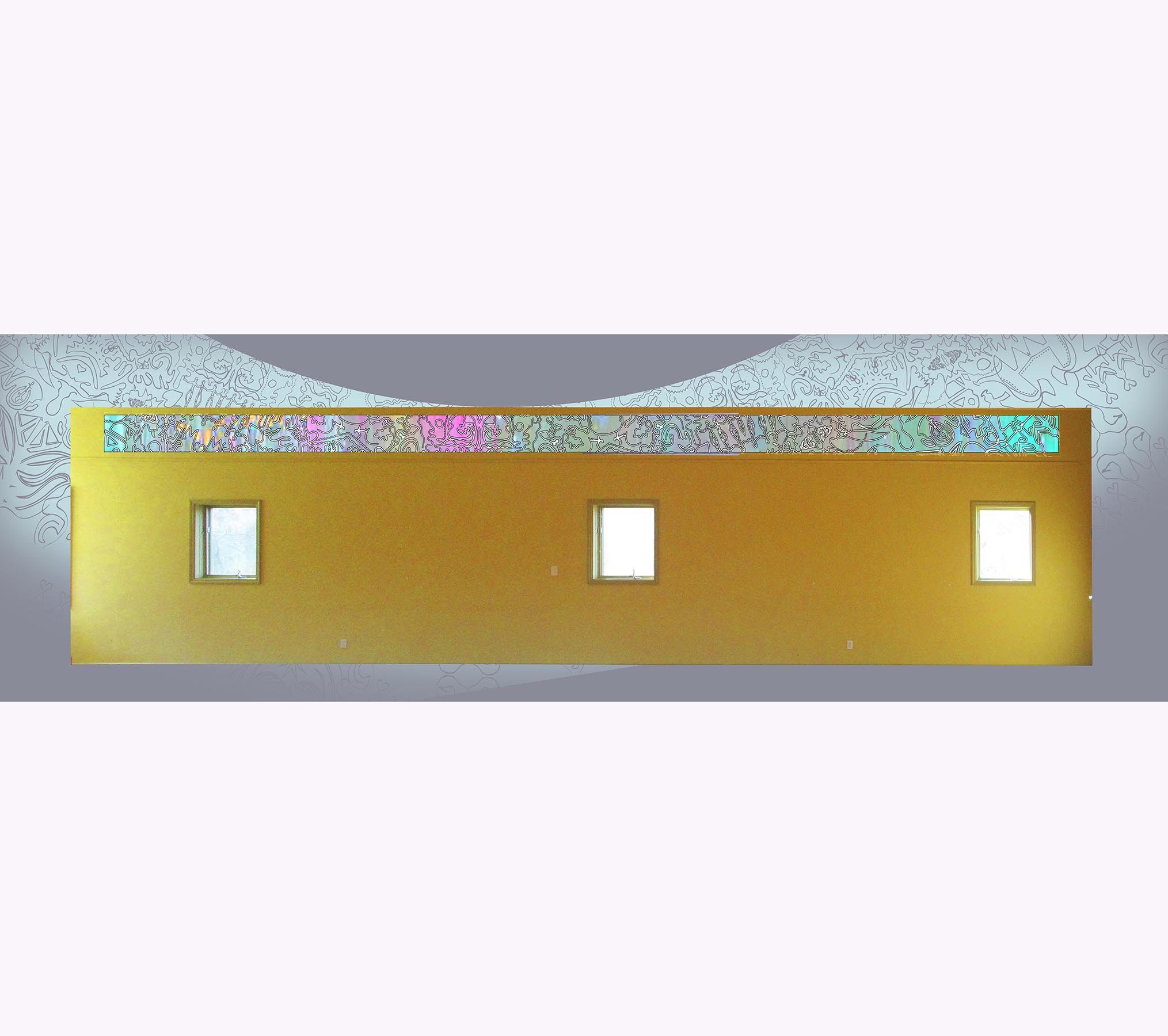
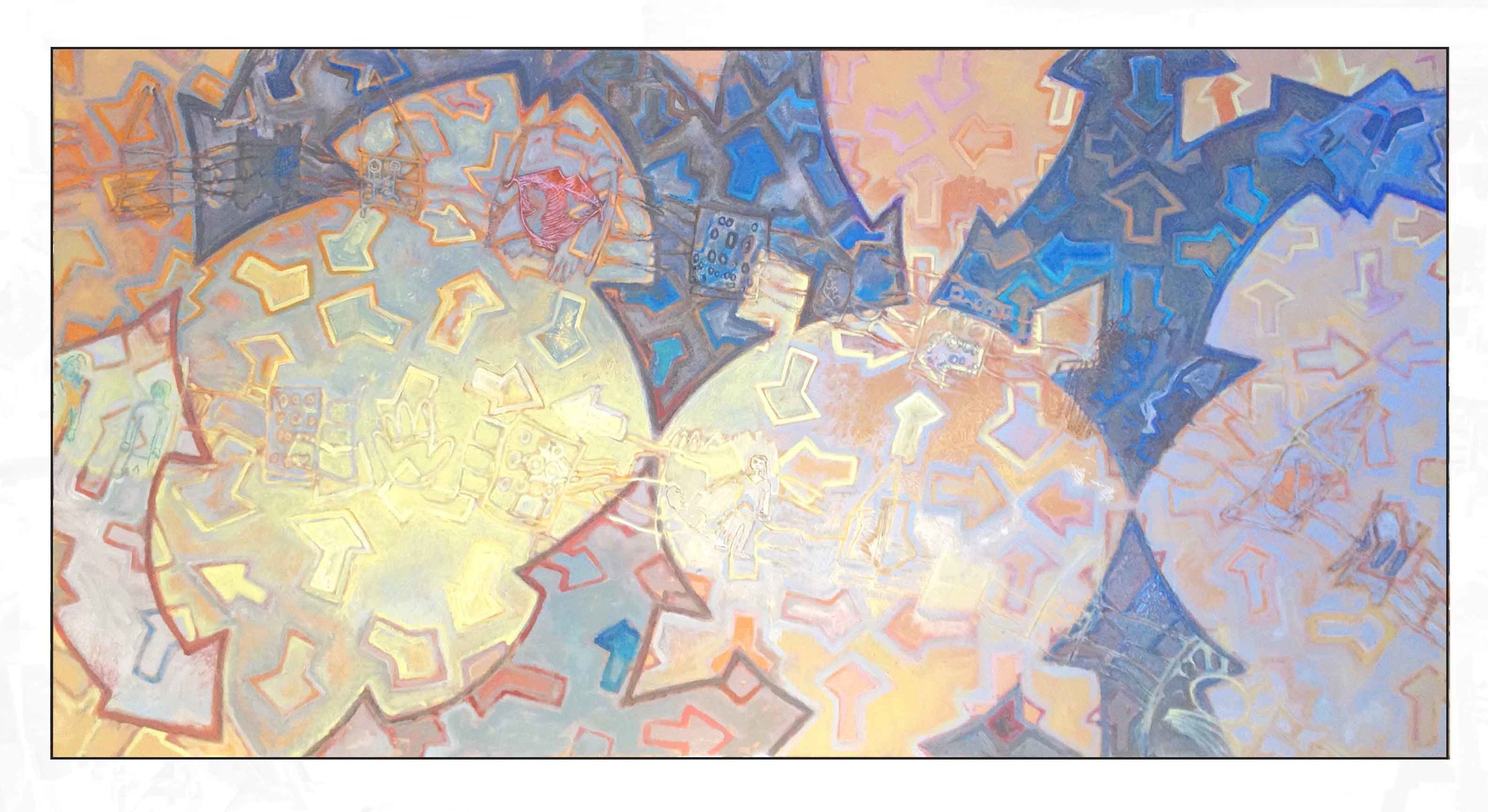
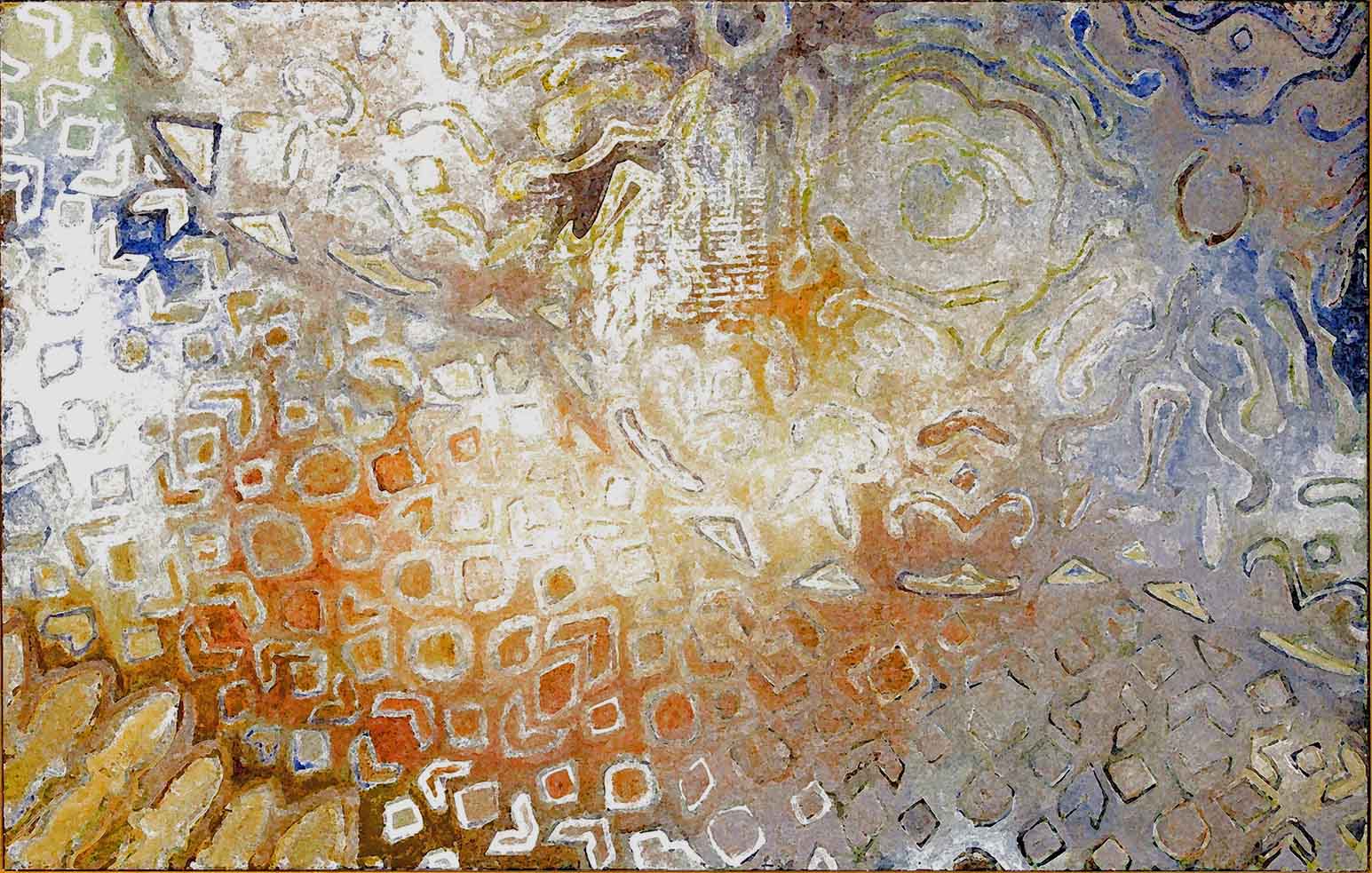


Meronymy series
This series is essentially a process in which the artist and faith community collaborate to create unique radial patterns, which are then sampled to provide just a hint of this larger pattern. Themes and specific motîfs are chosen as they fit circumstance and setting.
It is in fact harder to find forms of artistic or religious expression that aren’t informed by this compound space. When we lose ourselves in the mosh pit, or spit set rap lyrics in unison with audience and performer, or find our voice dissolving in the rising chorus of the gospel hymn, we cross over into this cross-over territory. It is the ultimate ecumenical space. And it holds at its core one essential question: What is the Human Being?


Tongues series
These paintings are the first in a series exploring the role of language in religious expression. “Kafir 1” and “Kafir 2” were executed for the Jewish Art Salon’s exhibition “On the Consequences of Hate Speech.” More information is available here.
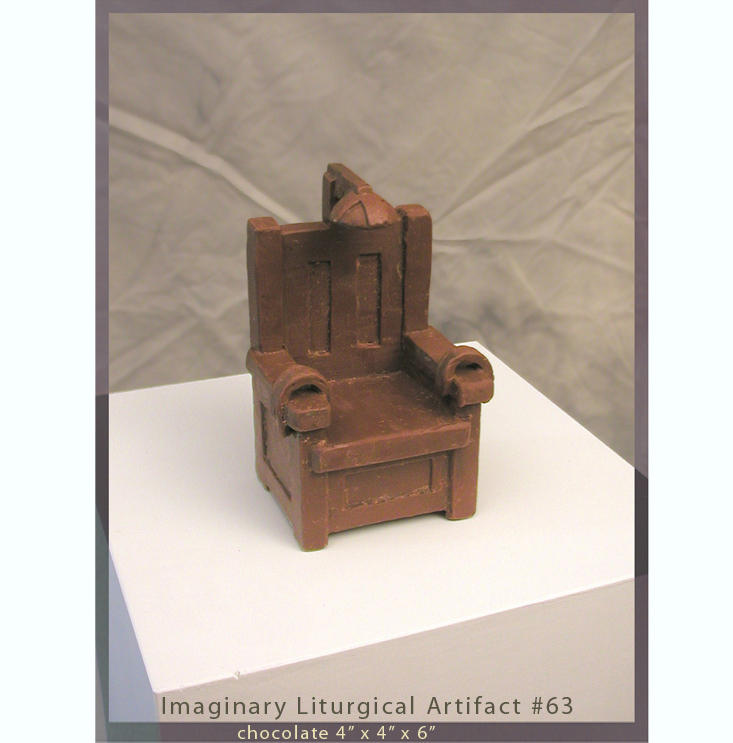


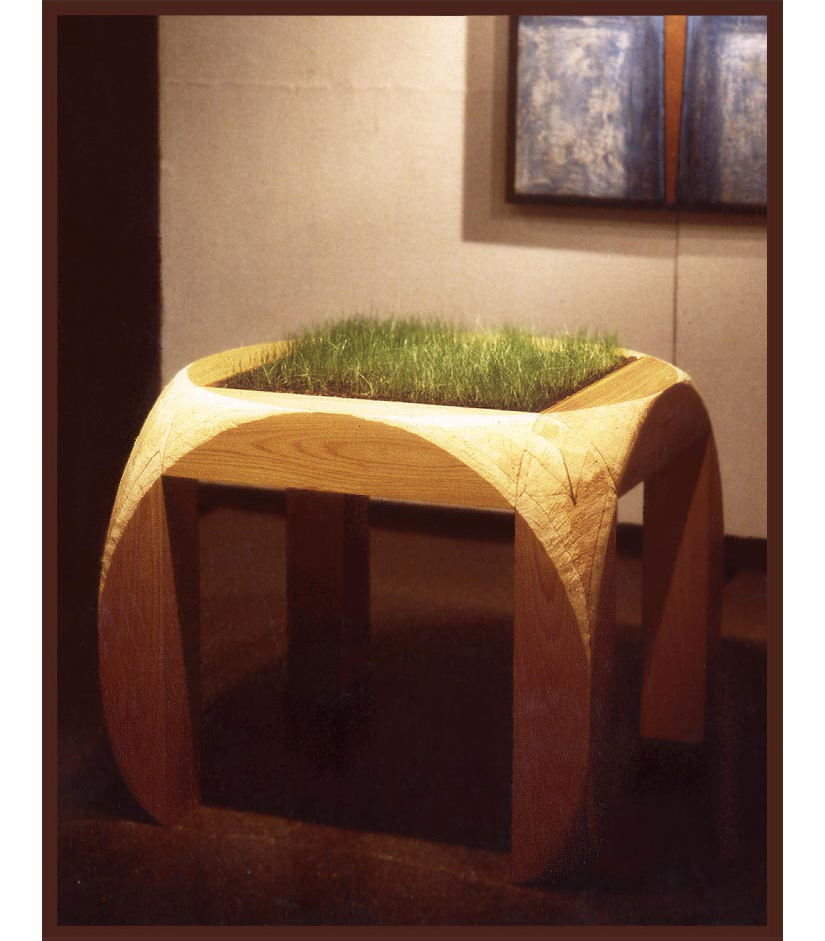
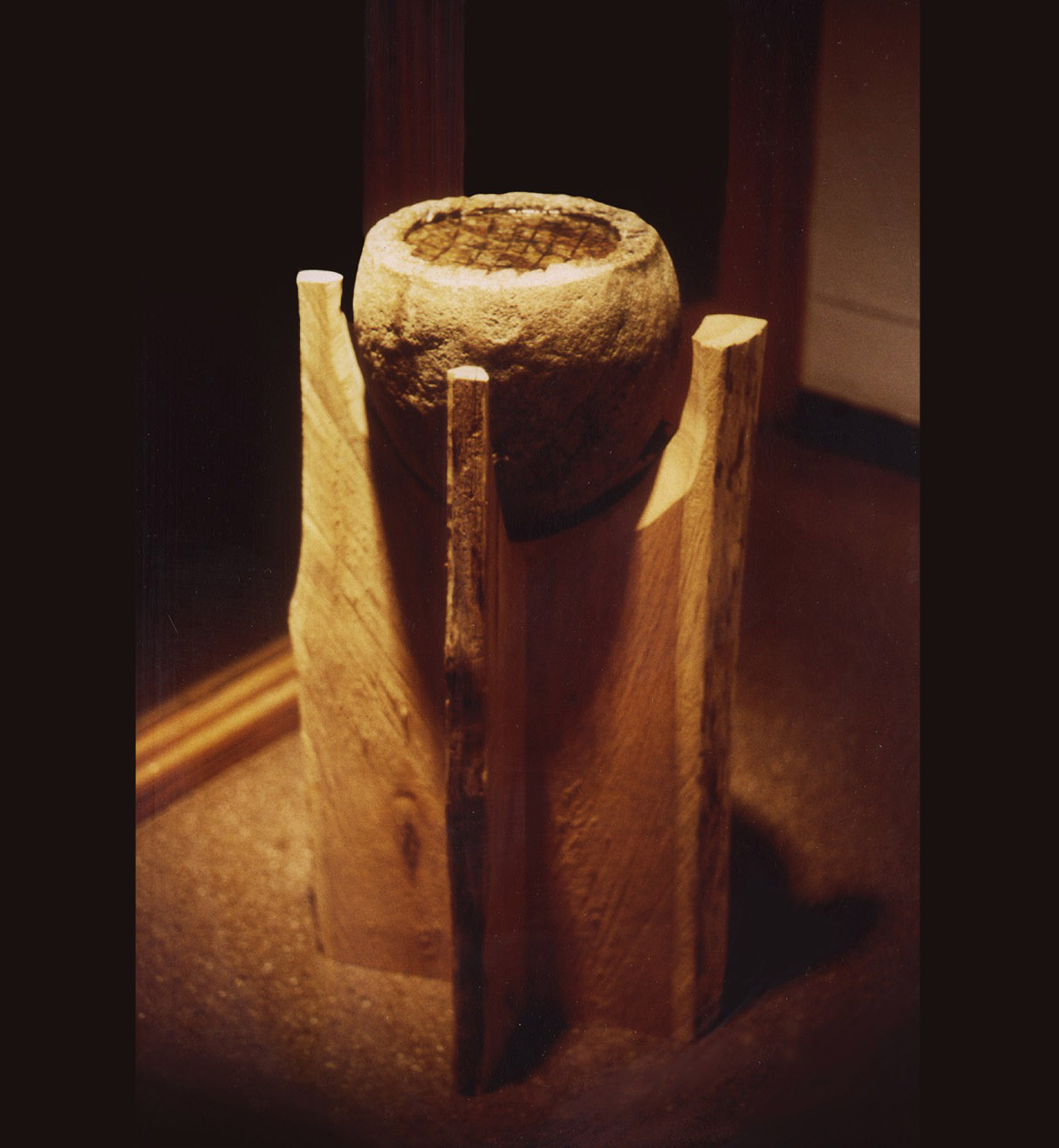



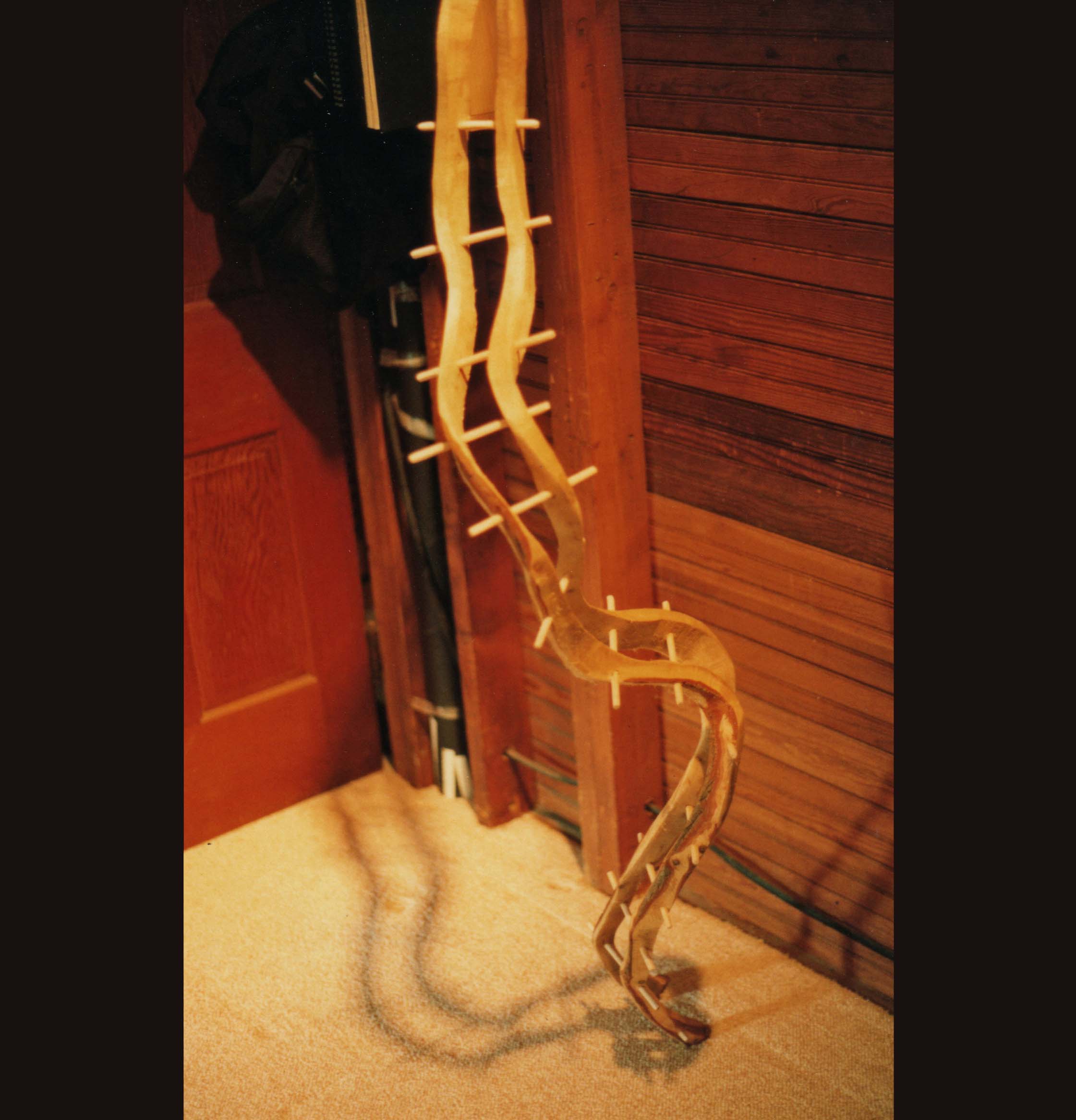

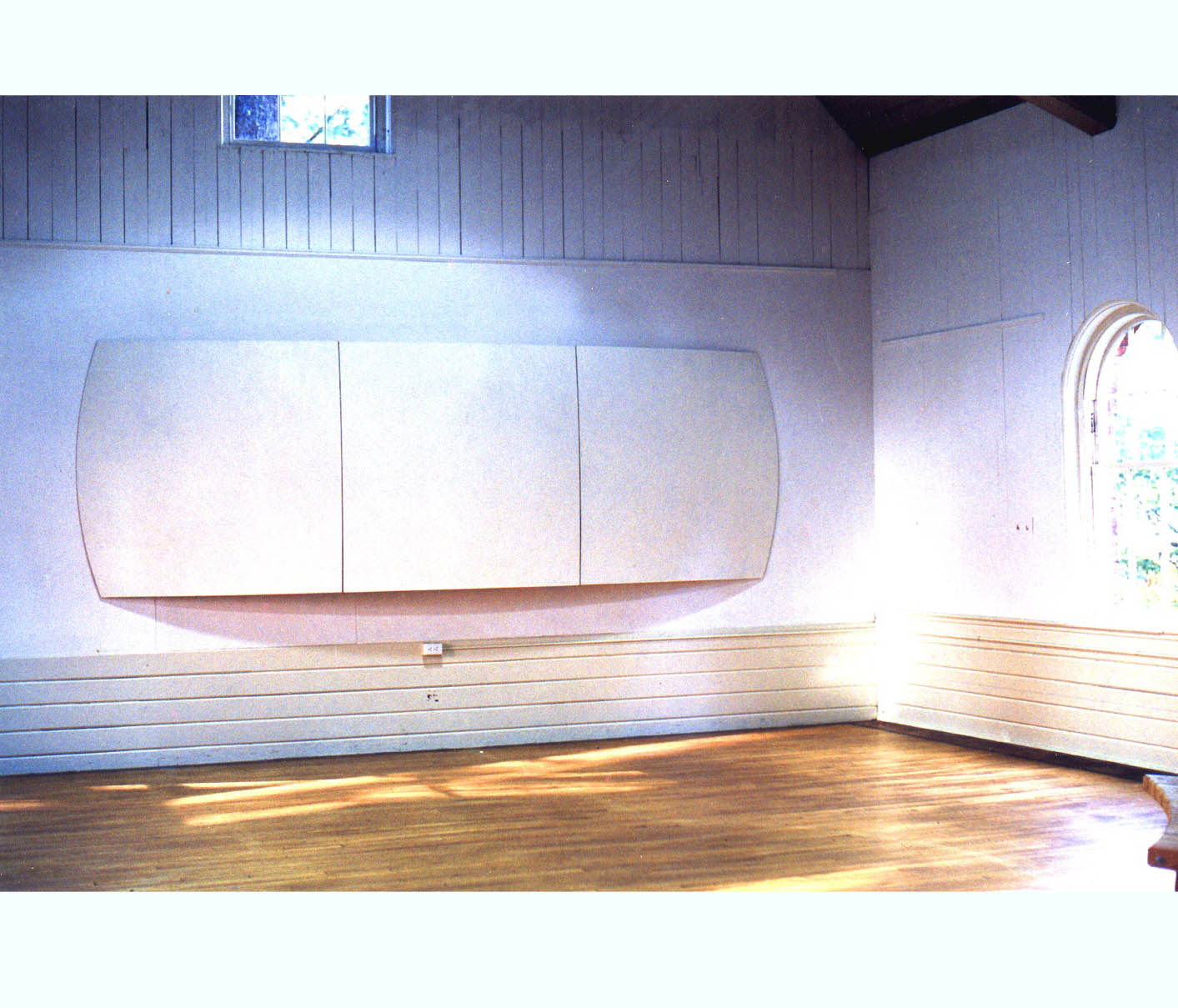
Imaginary Liturgical Artifacts series
An ongoing series exploring the religious imagination.
While Theopoetics is not new as a phenomena, it has been gaining new life and clearer articulations in the 21st century. Decades of criminal sexual abuse scandals, and its cooption by the politics of right-wing nihilism have alienated many from traditional forms religious expression. And the commodification of the arts by algorithmic manipulations of taste and patronage (for music and literary arts) and blue-chip casino capitalism (for the visual arts), have flattened the artistic landscape into a broad terrain of averages. Depth and integrity are missing.
This hybrid Third Space field of Theopoetics invites makers and thinkers and seekers to engage the fullness of their humanity in the creative act.
Please visit the RESOURCES page to see other information about events and practitioners in this field.
